A pub that vanished, but not from memory
Walk down Caversham Road today and you won’t find the White Horse pub. The address at No. 74 sits in the shadow of modern office life, its bar long gone, its sign pulled down. Yet it keeps popping up in conversations among people who grew up here or passed through Reading on commutes and match days. The building is gone, but the habit of remembering it is alive and noisy.
Here’s what stands up to scrutiny. The White Horse traded at 74 Caversham Road in Reading—close enough to the station to catch the after-work crowd and weekend footfall. It was later demolished and replaced by an office block as the area leaned into business space and the modern station corridor. That’s the concrete part. The rest comes from the kind of local memory that preserves details town plans forget: the layout of the bar, odd song choices on the jukebox, the dartboard tucked where the light was good, and faces behind the counter. Several residents say the site later hosted an Indian takeaway before redevelopment, a detail that fits the area’s pattern of quick-change use but still needs a firm check against planning files.
Places like this don’t vanish cleanly. They move into people’s stories. A Reading pub close to the lines and the river would have hosted everything from quiet midweek pints to busy Friday swell, the sort of venue you step into by instinct when the light’s fading and you’ve got twenty minutes to breathe. It served a neighborhood that has since been pulled into the orbit of a bigger, more corporate station quarter—more glass, more badge lanyards, fewer handwritten chalkboards.
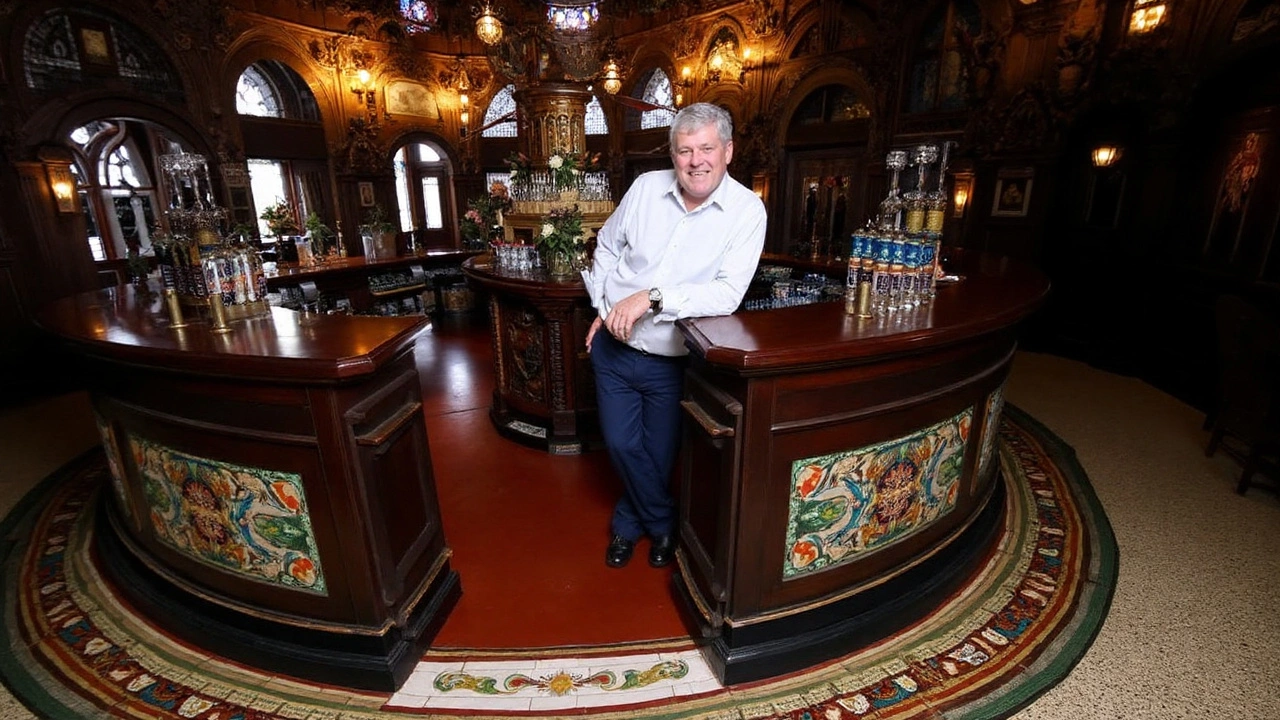
Piecing together what stood there—and why it went
Reconstructing a pub’s life is part detective work, part patience. Public records can be patchy, but there are reliable hooks. Old trade directories list licensees and give clues on dates. Electoral rolls mark occupancy. Council planning portals log change-of-use applications and demolition notices. OS maps and street atlases catch name changes and building footprints. Local newspapers fill in the rest: openings, closures, music nights, quiz teams, charity raffles, even nuisance reports when the door slammed one time too many for the neighbors.
With the White Horse, the bare bones are clear—address, demolition, office block. The timeline is the question. When did it open? When did the business model begin to creak? Did it shift to food to keep pace? Was there a brief spell as a takeaway before the wrecking crew? Each answer usually hides in paperwork: licensing transfers, planning submissions, and property listings. The council’s planning history for 74 Caversham Road will show when the office block was approved and what stood there at the time. Library archives often carry photographic collections of streets before redevelopment—if there’s a street scene facing south from Caversham Bridge or north from the station, the old signage may be lurking on the edge of the frame.
Context matters. The stretch around the station has been in flux for years. Piecemeal projects added offices and trade counters; then the bigger station-side schemes arrived, turning the area into an employment zone with commuter rhythms rather than pub ones. Rising costs, changing drinking habits, and developers circling sites near transport hubs all played a part. Industry analyses in recent years have tracked hundreds of permanent pub losses annually across England and Wales through demolition or conversion. Reading didn’t escape that tide, and a small, older building on Caversham Road would have felt the pressure early.
What do people actually remember about the White Horse itself? Themes recur when locals talk about old Reading pubs: fair prices for a decent pint, a landlord or landlady who ran a tight ship, a darts board you had to book, the soft clack of pool balls, a jukebox that could swing from Motown to indie in two coins. Some recall the White Horse as a place you dipped into before crossing the bridge, others as a steady local for the after-shift crowd. Several mention that, as trade faltered, the site may have shifted briefly into an Indian takeaway—typical of the quick pivots small buildings made before redevelopment swept in. That’s anecdotal, but it’s a lead worth testing in the planning archives.
There’s also the geography. 74 Caversham Road sits on a line that funnels footfall between the bridge and the station. Before big glass towers and cycle superhighways, that meant predictable custom: workers from the river-facing units, station staff, and people breaking a walk home. Pubs on these routes often survived on routine—two pints and a packet, a bacon roll if the kitchen was still on, a quiz night pinned to a Tuesday. When routine shifted—offices consolidating elsewhere, new retail draws, drinking moving into homes—these are the places that felt it first.
If you’re trying to bring a pub back to life on paper, a few sources can help stitch the story together fast:
- Trade directories and phone books for the exact name, licensee, and any rebrands (sometimes “White Horse Hotel” or “Inn” in earlier eras).
- Council planning files for 74 Caversham Road that show change-of-use, conversion to food, and demolition approvals.
- Historic OS maps to confirm the building footprint and whether it had outbuildings or a yard.
- Local newspaper archives for adverts, events, licensing hearings, and closure notices.
- Family memorabilia—photos, matchboxes, bar towels, or staff badges that fix dates and layout.
Why does it matter? Because these small pubs anchored communities, even when they were unremarkable on paper. They offered neutral ground, a place to swap shifts, talk transfers, or just sit still after a long day. When they go, the street loses a habit as much as a business. The office block that replaced the White Horse signals a different routine—screens, meeting rooms, card access. Life moves on, but a town that remembers what stood where it walks is a town that keeps hold of itself.
If you’ve got a photo of 74 Caversham Road, a note of a darts night, or a memory that places the White Horse at a particular moment—mid-’90s, late 2000s, whenever—those pieces turn guesswork into history. And if you remember an Indian takeaway operating at that address before the redevelopment, the name and rough dates would help test that memory against the record. The job now is simple: pin the timeline, name the people who ran it, and give a vanished corner of Caversham Road its caption back.
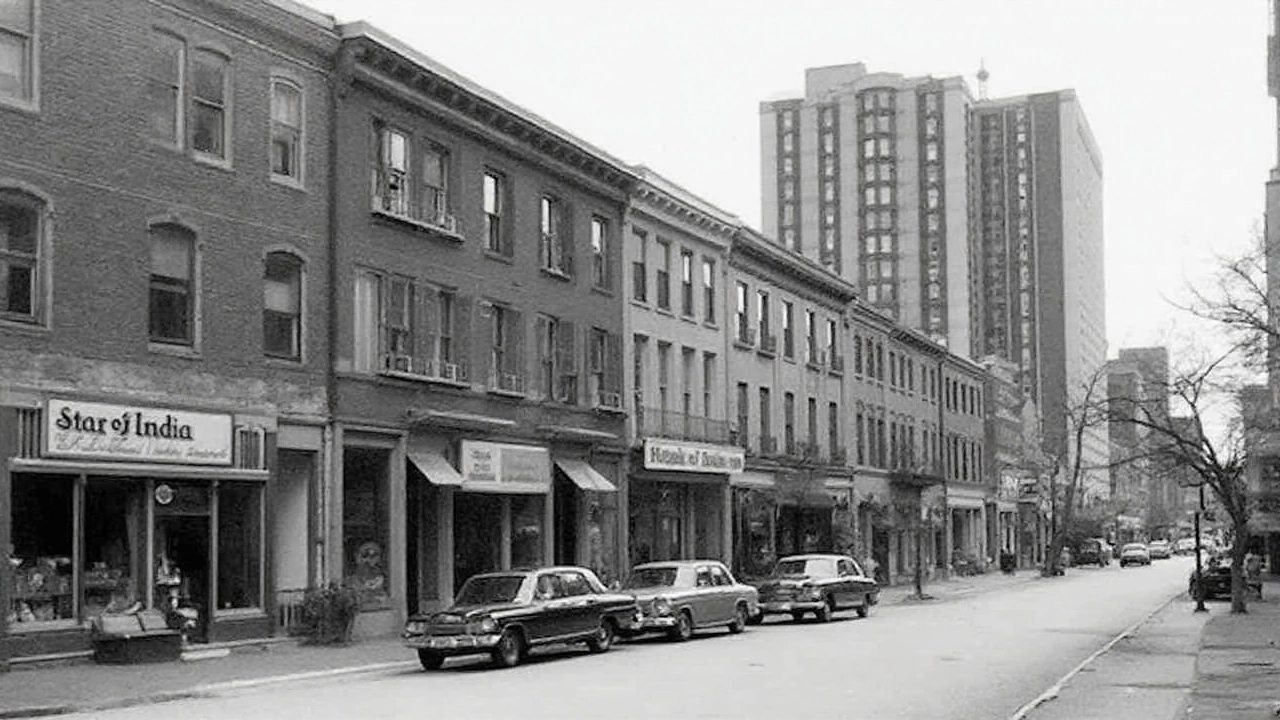


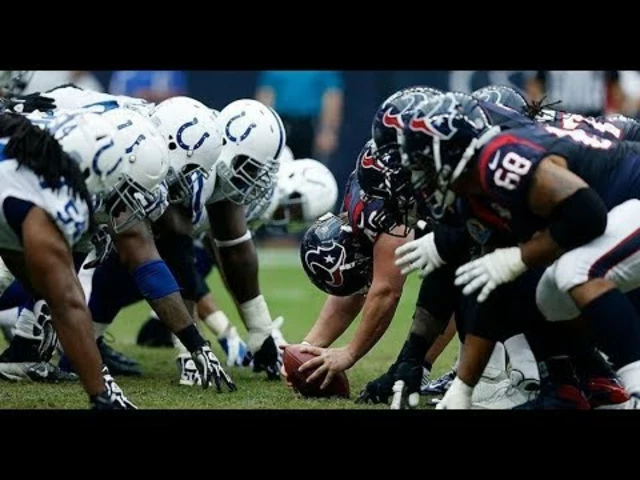
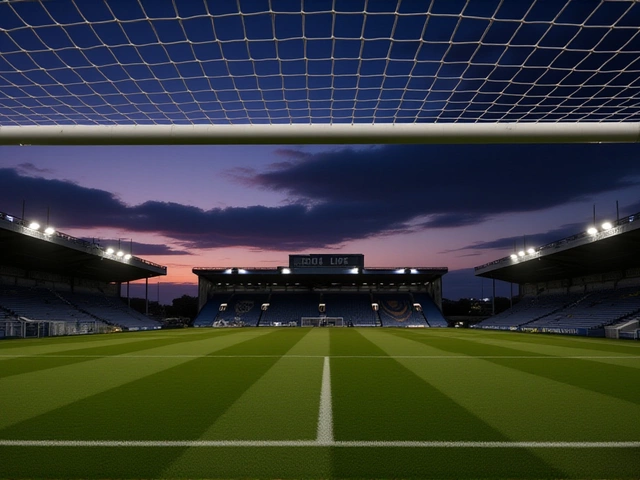
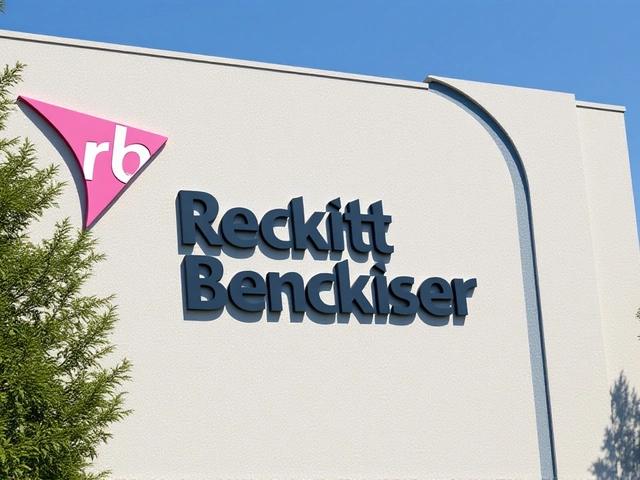
Written by Caspian Beauchamp
Hello, I'm Caspian Beauchamp, a sports enthusiast with a strong passion for rugby. I've been following the sport for years, and I've gained extensive knowledge about its history, rules, and strategies. My love for rugby has led me to write informative and engaging articles that cater to both die-hard fans and newcomers alike. I enjoy analyzing matches, discussing players' performances, and sharing my insights with fellow rugby lovers. My ultimate goal is to spread the excitement of the game and help people appreciate the beauty of this incredible sport.
All posts: Caspian Beauchamp